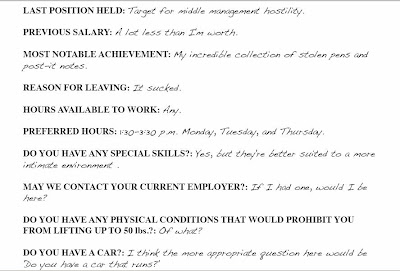8 passionate IPL fans from 8 different states fighting with each other all day long over STD calls. For each match, Virgin Mobile created 5 telephonic conversations between the fans of the two teams on the field.
The Ramblings of a Middle Aged Fertility Physician whose life revolves around Eggs, Sperms & Embryos....
Monday, April 12, 2010
Sunday, April 11, 2010
Saturday, April 10, 2010
Confucius Gem
Friday, April 9, 2010
Doctors Remove Ammunition From Soldier’s Head


The patient arrived in critical condition last month at the Bagram Air Base hospital in Afghanistan, with what American military doctors at first thought was an all too typical war injury: metal shrapnel from an improvised bomb lodged in his head.
A 14.5 millimeter high explosive incendiary round was removed from the scalp of an Afghan National Army soldier.
A CAT scan showed that the piece of metal, about two and a half inches long, was probably a cartridge fragment — again, not at all unusual.
But as the patient, an Afghan soldier in his 20s, was prepared for surgery, the chief radiologist, Lt. Col. Anthony Terreri, took a closer look at the CAT scan. Stunned, he realized the object was an explosive round, primed to go off.
“It looks like we have a problem here,” he announced.
To say the least.
In a joint telephone interview from Bagram on Friday, members of the Air Force medical team recounted the hours that followed Dr. Terreri’s discovery.
Maj. John Bini, a trauma surgeon and a veteran of homemade-bomb injuries from two previous deployments in Iraq, immediately evacuated the operating room. Only the anesthesiologist, Maj. Jeffrey Rengel, who put on body armor, was left to watch the patient.
The surrounding hallways were secured, and a bomb disposal team was urgently summoned. All electrical monitoring devices in the operating room were turned off for fear of detonating the round. To keep track of the patient’s vital signs, doctors turned to manual blood pressure cuffs and a battery-operated heart monitor, and they began counting drips per minute to estimate the amount of the intravenous anesthesia they were giving the patient. “It was taking anesthesia back about 30 years,” Dr. Rengel said.
Within a half-hour, the bomb disposal team arrived and confirmed, based on the CAT scan, that the patient indeed had unexploded ordnance in his head.
“They said, the way these things are set up, this type of round has an impact detonator on the front of the charge,” Dr. Bini said. “They just said, ‘Don’t drop it.’ ”
With that for reassurance Dr. Bini put on body armor as well, and he began the process of surgically removing the round from the patient’s head, joined in the operating room only by Dr. Rengel and a member of the bomb team. He cut through scalp tissue and made a large incision encircling the round, which was lodged under a piece of skull bone and jutted down the right side of the patient’s head. Within 10 minutes, he pulled out the live round. With care, he handed it to the bomb technician, who put it in a bag and left.
Did Dr. Bini breathe a sigh of relief before handing off to a neurosurgeon?
“I didn’t even think about breathing a sigh of relief,” Dr. Bini said. “Technically, it wasn’t a very complicated procedure, and I had the confidence that I wasn’t going to drop it on the floor. This is something we train for — although it’s a very uncommon event.”
In fact, Dr. Bini had taught students how to remove live ordnance from patients in sessions at Wilford Hall Medical Center at Lackland Air Force Base, where he is stationed when not at war. He just had never expected to have to do it in real time.
Dr. Bini said that in the nearly nine years of war in Iraq and Afghanistan, if someone else had removed an unexploded round from a patient, he had not heard of it. He said that a quick review of the medical literature found fewer than 50 cases over the last half-century.
The patient, who was not named by the doctors, has since been discharged from the Craig Joint-Theater Hospital at Bagram and is recovering. Although the patient has brain injuries from bone fragments, Dr. Bini said the Afghan was able to walk, to talk and to eat on his own.
Dr. Bini said he was unaware an unexploded bomb embedded in a patient’s chest had been the plot of a TV show — a two-part episode of “Grey’s Anatomy” in 2006. The character Hawkeye Pierce also pulled an unexploded grenade out of the chest of a wounded soldier in an episode of “MASH” in 1973. “None of that stuff you see on TV approximates reality,” Dr. Bini said.
Thursday, April 8, 2010
First Climb on Burj Khalifa
Wednesday, April 7, 2010
Thursday, April 1, 2010
Subscribe to:
Posts (Atom)

























